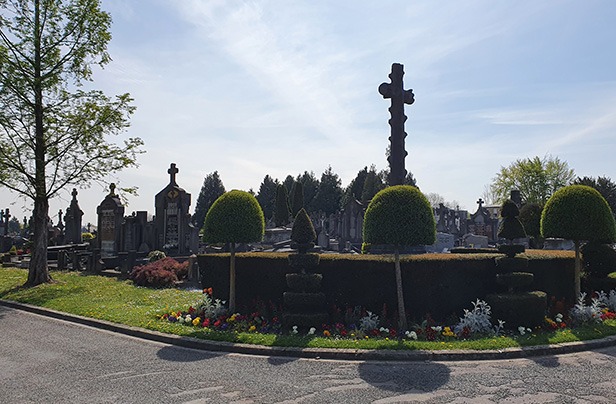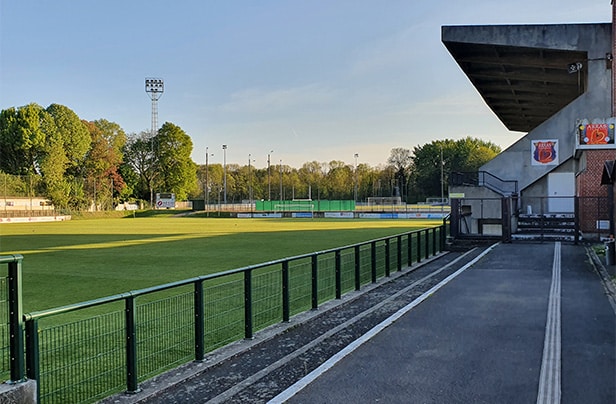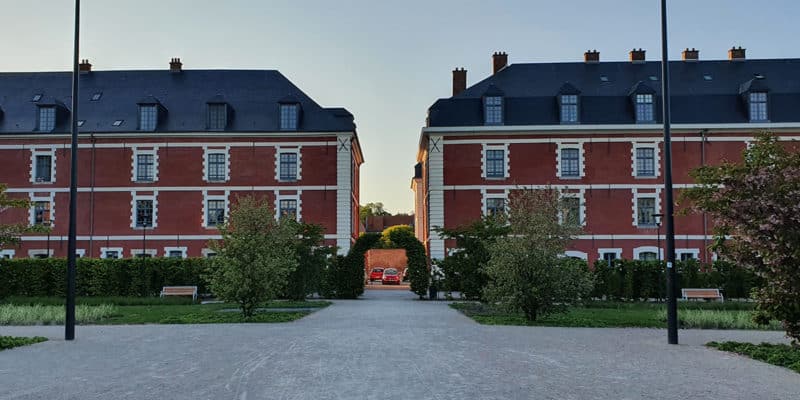Particularly marked by social progress, La Belle Époque was a very special period for the capital of Artois. For the English and British, this period, which runs from the end of the 19th century to the First World War, corresponds to the end of the Victorian era, while in France, it is marked by even greater technological development, remarkable social carefreeness and expansion around the world (particularly in Africa, if we think in particular of the Berlin Conference (1884 to 1885). The Republic emerged definitively in the country, but not without difficulty. Arras was no stranger to these developments, as we will see in this article.
The return of the Republicans to Arras and the War of 1870
Émile Lenglet (whose street is perpendicular to Sadi Carnot’s in the town) was appointed Prefect of Pas-de-Calais by the Provisional Government of National Defense during the Franco-Prussian War. A former companion of Frédéric Degeorge, discussed at length in a previous topic, Prefect Eugène-Émile Lenglet can be considered the leader of the Arrage Republicans. A former member of the Arras town council and first deputy in 1848, he had already been elected Pas-de-Calais representative to the Constituent Assembly at the same time. His appointment as Prefect of the Government of National Defense on September 6, 1970 came at a time when, at the age of 59, he was already quite ill.
During the 1970 war, several names stand out, such as General Faidherbe (a high school in Lille but a boulevard in Arras), who replaced General Bourbaki (transferred to the Loire army to form the Armée de l’Est) as commander of the Armée du Nord.
It wasn’t long before the town of Arras was in a state of defense against the advancing Prussian troops. While Faidherbe’s offensive at Bapaume in early January 1871 was a success, the defeat at Saint-Quentin on the 19th of the same month caused panic in the town of Arras. In reality, a massive offensive on Arras and Cambrai was planned; January 28 and the Treaty of Versailles would bring peace. Faidherbe and August Karl Friedrich Christian von Goeben agreed to keep the northern and Pas-de-Calais borders intact, conceding that the French army would remain at least 10 kilometers from the boundary.
Post-war politics
In Arras, Bonapartist Hyppolite Plichon was replaced by Republican Émile Deusy (a lawyer and landowner) as mayor.
In 1871, the legislative elections failed to confirm the Republicans’ position, both in France and in Arras. Émile Lenglet resigned as prefect. Monarchists and Bonapartists played their respective parts. Charles-Alphonse Levert, a Bonapartist, became a member of parliament in 1872. Ernest François Joseph Deusy, defeated in 1877, became a Republican deputy again in the April 1878 elections. Under de Broglie, Auguste Paris, born in Saint-Omer, became Minister of Public Works. He died on December 18, 1896 in his home on Place Saint Géry in the capital of Artois.

The Arras Municipal Cemetery, where you can see the graves of some of Arras’ most illustrious contemporaries.
The end of Arras’ regional hegemony
We had already seen that Arras was in decline at the end of the 19th century. This was reflected in a weakened industrial sector, a growing service sector and the emergence of larger garrisons (in this case, the 33rd RI and the 3rd Engineers in red pants and blue tunics). On December 23, 1890, the Place d’Arras was decommissioned. The sewage system prepared at the very end of the century did not hide the town’s crushing debt. Land was resold by the town to compensate, and the population stopped growing. On the eve of the Great War, during which Arras would play an essential role, the town’s only real existence was through its crafts and local commerce. The city’s role as regional capital was thus explicitly taken over by Lille, a more dynamic city surrounded by numerous textile industries.
Arras was left out of the Industrial Revolution between the wars.
The cultural and artistic importance of Arras
In the absence of a flourishing economy, Arras experienced a real cultural and artistic boom in the 19th century. It was during this period that the Academy was restored and painters emerged. Camille Corot, who lived in Arras, notably created “Près d’Arras, les bûcheronnes”, which can still be admired at the town’s Musée des Beaux Arts. Verlaine also spent time in Arras (he visited his uncle Julien Dehée in Fampoux or his widowed mother, who had moved from 1875 to a house in impasse d’Elbronne, perpendicular to rue d’Amiens in the western part of Arras town center) ; He also spent his time at the bistrot (estaminet, to use a Nordic term) and in particular at the one that still exists (the oldest license in Pas-de-Calais) called l’Equinoxe at 11 Rue des Augustines. Earlier in the century, Alexandre Grigny also made a splash.

The RCA’s Stade Degouve (Marcel Brabant field)
Photography was also present in Arras during the Belle Époque. The town’s rich and sumptuous heritage had a lot to do with it. Sport, too, became increasingly important, and the RCA (Racing Club d’Arras) was founded in 1908 (its headquarters are located opposite the Governor’s garden), just 2 years after the Racing Club de Lens. TheAllée des Rosati was home to a sport that was becoming increasingly popular: cycling.
X.D.
